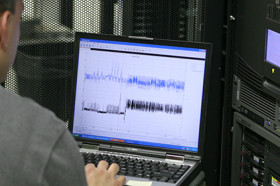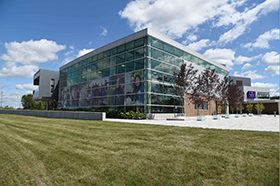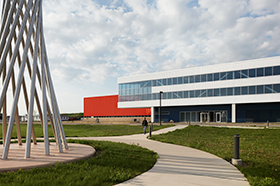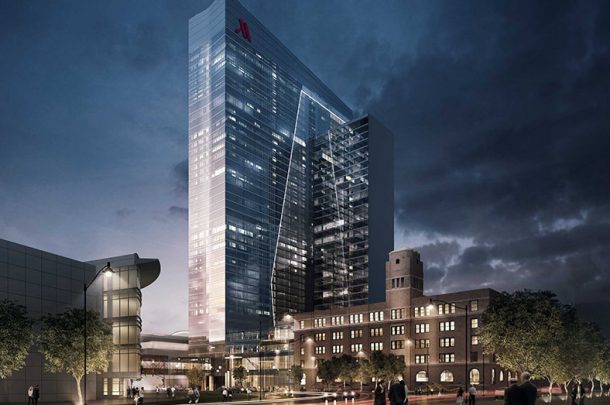
Mechanical systems within existing buildings often operate inefficiently for many reasons. Some of those include: lack of funding for repairs or replacement, insufficient knowledge of proper operation, inadequate staff and poor documentation, to mention a few. Temporary repairs are common, and in the age of sophisticated systems, small issues can often manifest into big problems in commercial buildings. Here’s an example: a building contains one 50-horsepower air compressor and one 30-horsepower air compressor. The building has some unidentified leaks in the piping system and the 30-horsepower compressor just can’t seem to keep up. So the solution is to operate the 50-horsepower compressor until the maintenance staff can find the time to locate and repair the leaks. Situations similar to this example happen all of the time. The pressure to provide quick solutions to isolated issues can unknowingly create other problems and significantly increase your energy costs. In this example the annual cost to operate the 50-horsepower compressor versus the 30-horsepower compressor was $13,900.
Now the good news! Through the Retro-Commissioning (RCx) process, building owners can identify situations, such as in our example, and restore their building’s performance with the help of a detective. Retro-Commissioning goes beyond maintenance measures to identify deficiencies that aren’t always so obvious. That experienced detective, also known as a Commissioning Authority (CA), will provide you and your team with strategies that can lower utility bills and provide other benefits such as reduced maintenance costs, improved occupant comfort and indoor air quality. Here’s more good news: with such emphasis on “going green,” grants and other incentives can help you fund an RCx project.
Ready to learn more about RCx? Here are some questions and answers to help you start your research:
Q1. What is Retro-Commissioning?
Before we can define RCx, let’s define commissioning. The California Commissioning Collaborative (CCC), a non-profit organization, defines commissioning as, “an intensive quality assurance process that begins during design and continues through construction, occupancy and operations. Commissioning ensures that the new building operates initially as the owner intended and that building staff are prepared to operate and maintain its systems and equipment.”
Although commissioning has technically been around for over 30 years, most existing buildings have never been commissioned. Building commissioning really gained some momentum in 1998 when the United States Green Building Council (USGBC) required commissioning as a prerequisite in the Energy & Atmosphere credit of the LEED rating system. Retro-Commissioning refers to the process of commissioning an existing building that has never been commissioned before. RCx typically strives to identify “low-hanging fruit,” or Energy Conservation Measures (ECMs), with a simple payback of 1½ years or less. Often the process can uncover potential improvements that may require capital funding but still provide attractive paybacks in the three to four year range.
Q2: What are some of the benefits of Retro-Commissioning?
The potential for saving energy is a major motivating factor behind many RCx projects. Savings vary depending on the building type, but larger, more complex building types typically stand to save more energy. Macy’s on State Street is one of Chicago’s most historic landmark buildings. With a building more than 100 years old, over 2 million square feet, thirteen floors above ground and three below grade, Macy’s was a prime candidate for an RCx project. Historically, the building used approximately 24 million kilowatt hours per year. After a thorough investigation, Macy’s State Street stands to save almost 10 percent on energy costs with an aggregate payback of less than 6 months.
Retro-commissioning projects with a more extensive, whole-building scope can offer benefits beyond a reduction in utility bills. A comprehensive RCx project will apply the same rigorous process as new building commissioning, and can include HVAC, electrical, lighting, plumbing, life-safety systems and the building envelope. In this context, RCx can also improve:
- System Operations
- Equipment Performance
- Operations & Maintenance (O&M) Staff Operational Expertise
- Asset Value
- Indoor Air Quality
- Building Documentation
Q3: What kind of process is associated with Retro-Commissioning?
Every building and project scope is unique, so the process can vary depending on the needs of the owner. A typical RCx process follows four phases: planning, investigation, implementation and verification.
Laying the foundation to any successful project requires planning. Planning entails asking questions and setting goals. The CA can help you gain an understanding of your needs and define areas of opportunity by performing an initial site walk-through.
Detective work comes to life in the investigation phase. The CA conducts an analysis of the building’s performance through observation, review of documentation and O&M practices, and trending and testing of building systems. Data loggers and other tools capture crucial information that can be turned into helpful metrics and statistics. The thoroughness of the investigation depends on the scope and goals of the project.
After investigation is complete, it’s time to implement action items that will help you meet your goals. Budgets, in-house staff expertise, contractor relationships and other unique situations will affect the way you decide to implement these items.
The final report summarizes the project by providing a record of activities, recommendations, and total savings after all measures have been implemented. This report is presented in the verification phase.
Q4: You mentioned energy incentives can help fund an RCx project. What incentives are available?
Primera’s Energy Manager created an adage that might catch on: “You can’t make a good portion of energy efficiency upgrades economically viable without grants.” With such an emphasis on saving energy, public and private institutions can apply and receive financial assistance if your proposed project meets various eligibility requirements.
ComEd has been offering their RCx program since mid-2009 for private-sector and not-for-profit business customers. The Illinois Department of Commerce and Economic Opportunity (DCEO) has partnered with the Smart Energy Design Assistance Center (SEDAC) to administer their RCx program for the public-sector customers in the ComEd and Ameren Illinois Utilities service territory, including units of local government, K-12 school districts, community colleges, public universities and state buildings.
Q5: Where can I learn more about RCx?
The Building Commissioning Association (BCA) and the California Commissioning Collaborative(CACx) are non-profit organizations dedicated to providing programs and tools to anyone who is interested in learning more about RCx. In addition, Primera’s commissioning team can help you with your project and guide your grant acquisition.
Sources:
California Commissioning Collaborative: California Commissioning Guide for Existing Buildings
www.cacx.org/resources/commissioning-guides.html
BuildingGreen.com: Retrocommissioning: Big Savings for Big Buildings
www.buildinggreen.com/auth/article.cfm/2010/9/29/Retrocommissioning-Big-Savings-for-Big-Buildings/






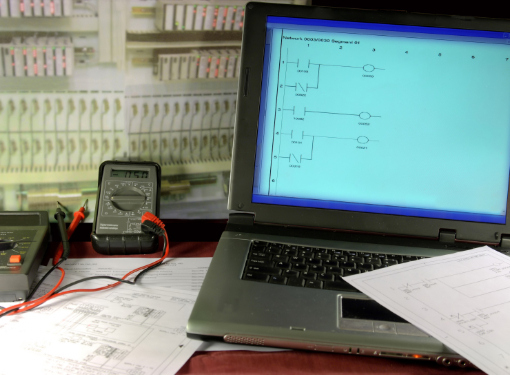
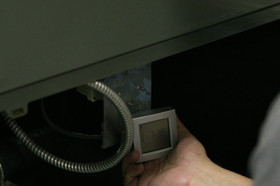
 Saving Energy with No/Low Cost System Adjustments: A look at Fully Funded Retro-Commissioning (RCx)
Saving Energy with No/Low Cost System Adjustments: A look at Fully Funded Retro-Commissioning (RCx) 
